By Heidi Goitia
The relationship between public relations and journalism is both symbiotic and mutually dependent. Because of that, the relationship between PR team members and journalists is one that must be nurtured and respected. By managing these relationships and understanding each other’s goals and requirements, success will prevail.
Public Relations representatives will have more success securing coverage for their client by following a few dos and don’ts when communicating with journalists and building those relationships.
Do:
- Research their story history. Sometimes topics will be all over the place and that’s okay, general assignment reporters are assigned a wide variety of stories. But you’ll want to know if they have a history covering the topic or business you are pitching and make note of that in your email. Let them know you have done your due diligence and are choosing them to help share this next bit of news.
- Provide plenty of details in your pitch. Reporters receive anywhere between a couple dozen and a couple hundred emails per day so make sure you’re not wasting their time. Give them plenty of information to help them decide whether they will or can cover the story. Spell out why their audience should care about the story, what visuals you can provide and who will be the spokesperson. Serving up a story on a silver platter makes it hard to turn down, though not impossible.
- When a reporter does cover a story you’ve pitched, follow up with a thank you whether via email or text. This seems simple, and it is, but it goes a long way. Journalists are working in a challenging industry right now and appreciate the kindness and support of colleagues who understand and appreciate the current landscape. This email is also a great opportunity to invite them to reach out to you if they need a source for a story. This is how those relationships are nurtured and start to grow. Journalists are indebted to PR folks who can produce an expert, visual or other element on short notice. Be that person.
- Pay attention to the timing of your pitch. If there is a big local event happening (Super Bowl, Waste Management Phoenix Open), your pitch won’t get the attention it deserves. This goes for weather, too. There’s a saying in news, “win with weather,” which means if there’s a storm, reporters will be pulled from other beats for team coverage. You always want to keep up on what’s happening locally and nationally so you’re sending your pitches when they’re likely to be read. Once those events have passed, acknowledge the reporter’s efforts covering them. It’s never a bad idea to be generous with compliments and sparing with criticism understanding they receive an overwhelming amount of negative feedback from viewers, listeners and readers on a regular basis.
- Invite the media to events! If your client is hosting an event, invite members of the media to attend. This shows that you value your relationship and want to share things with them that don’t necessarily require coverage. If it’s a news-worthy event and they’re covering it, feed them or offer them some swag.
Don’t:
- Don’t send your pitch to more than two or three reporters (max) at the same outlet. You don’t want to over pitch and underdeliver, so to speak. Be sure you CC them so they can see who you’ve sent it to or address all of them in the email. Sometimes a little bit of competition helps you get a story covered but on the flip side if you send it to too many, they’ll assume someone else will pick it up and may not respond.
- Don’t send attachments or, if you do, be sure you also paste the copy in the email. Journalists are busy and overworked and want to see the information without having to open or download attachments.
- Don’t spam their email or pester them too much. When it comes to pitching, it’s quality over quantity. Once you’ve created a strong relationship you may get a story covered that you wouldn’t have previously but be mindful of how often you’re asking them to make space for you and your clients.
The best thing you can do to build and nurture these critical relationships is meet the journalists where they are. Understanding the nature of news, the demands of the job and the nuances of coverage will get you far and get your clients the coverage they’re expecting. When a reporter reaches out to you as a trusted and reliable source, you know you’ve done well.

